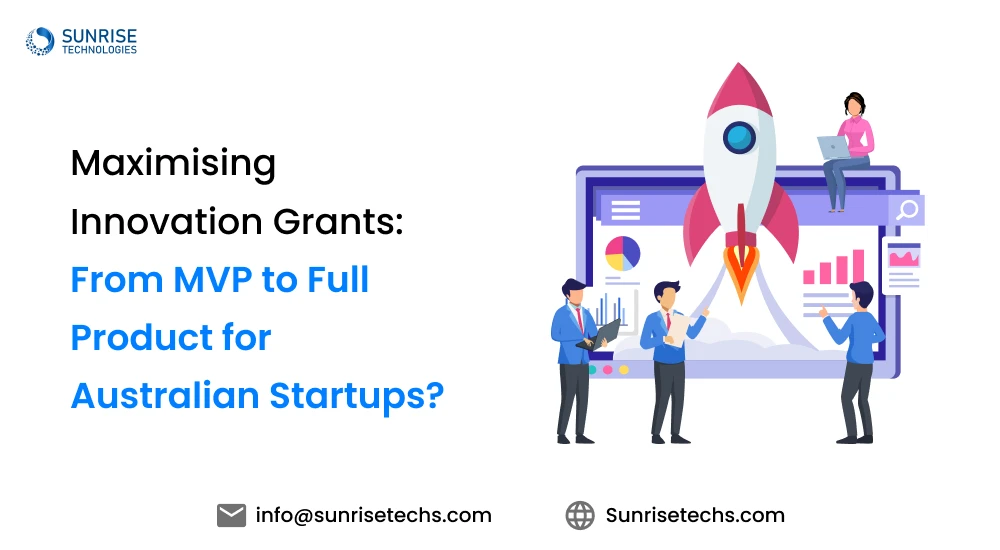
Maximising Innovation Grants: From MVP to Full Product for Australian Startups
Oct 6, 2025
Bringing a startup idea to life in Australia often feels like sprinting a marathon. You need funding, you need speed, and you need proof that your concept can work in the real world. That’s where innovation grants step in — a powerful tool many Australian founders overlook or underutilise.
The real challenge isn’t just winning the grant. It’s knowing how to maximise it: how to go from a grant-funded Minimum Viable Product (MVP) to a full-fledged, market-ready product that attracts customers, investors, and more funding.
At Sunrise Technologies, we’ve worked with founders across industries — from healthtech startups building AI prototypes for clinics to logistics firms needing custom software development. And one thing is clear: innovation grants are game-changers, but only if you use them strategically.
Let’s break it down.
Why Innovation Grants Are a Game-Changer in Australia Startups
Unlike private investors, grants don’t take equity. They’re designed to reduce the risk of innovation while pushing businesses to create products that benefit the economy, society, or specific industries.
For startups in AI development, mobile app development, or custom software, this is a lifeline. Grants help:
- Cover the cost of building an MVP
- Fund AI prototypes that prove feasibility
- Support mobile apps targeting tourism, health, or fintech
- Subsidise custom software development for industries like logistics or agriculture
Book a 1-hour free strategy call with our experts to map your grant to a working MVP plan.
How Businesses Can Rapidly Develop an MVP Product to Meet Grant Deadlines in Australia
One of the biggest challenges for Australian startups applying for government grants is the timeline. Most grant programs require applicants to demonstrate progress within strict deadlines, often with a working MVP (Minimum Viable Product) as proof of feasibility.
To meet these timelines without compromising quality, startups can follow a rapid MVP approach:
- 1. Define the Core Problem & Must-Have Features: Instead of aiming for a polished final product, identify the single key problem your software will solve. Grants assess innovation and impact, not perfection.
- 2. Leverage Agile Development: Break down the project into short sprints, focusing on building testable modules quickly. This allows you to showcase functional progress in line with grant milestones.
- 3. Use Low-Code and Open-Source Tools: Many Australian startups accelerate MVP development by using pre-built frameworks, APIs, and open-source libraries. This reduces both cost and time.
- 4. Prioritise Compliance and Documentation: Grant reviewers look for not just working prototypes, but also evidence of scalability, compliance, and future potential. Document technical choices and scalability pathways alongside development.
- 5. Partner with Experienced Development Teams: Collaborating with a tech partner who understands grants for software development can ensure you hit deadlines while aligning the MVP with long-term product goals.
By approaching MVP development this way, startups can confidently demonstrate innovation within grant timelines—while laying a strong foundation to scale from MVP to a full-fledged product once funding is secured.
Which Government Grants Fund AI Prototypes for Australian Startups?
AI is one of the hottest areas for grant funding right now. The government knows AI is transforming industries like healthcare, retail, finance, and logistics, so funding opportunities are strong.
Some common government grants for AI prototypes include:
- Accelerating Commercialisation Grant – Helps take AI ideas closer to market.
- R&D Tax Incentive – Supports experimental AI development and testing.
- State-level innovation grants – Many states in Australia offer AI-specific funding programs.
Example: If you’re working on an AI development for healthcare project — say, an AI clinic workflow automation tool — these grants can cover the costs of building your prototype model with real-world testing.
This is exactly where working with an AI development company in Australia like Sunrise Technologies makes a difference. You get both technical execution and documentation that grant bodies expect.
How Grants Can Be Used in Custom Software Development
Once an MVP is built to meet grant deadlines, the next step is understanding how to strategically use grant funding to continue software development. Government grants in Australia are not just about getting started—they’re designed to help startups move from a basic prototype to a commercially viable product.
Here’s how businesses typically apply grants across the development journey:
- From Prototype to MVP – Funding covers the initial build to prove the concept and demonstrate value.
- Feature Expansion – Grants support adding new capabilities, integrations, and advanced technologies like AI or automation.
- Testing & Validation – Startups can use funds for user testing, market pilots, and gathering evidence of impact.
- Security & Compliance – Essential investment in cybersecurity and meeting Australian data regulations.
- Scaling to Full Product – Grants can back infrastructure, cloud services, and go-to-market readiness.
By aligning each stage of development with grant milestones, startups not only unlock financial support but also strengthen their chances of long-term success in the Australian market.
Get a transparent cost breakdown for your software project — no hidden fees, just clarity.
Types of Australian Grants to Fund Mobile App Development for Startups

Australia offers a variety of government grants for startups that can directly support mobile and software development. While the eligibility and funding amounts vary, most are designed to encourage innovation, job creation, and global competitiveness. Some key options include:
- R&D Tax Incentive – Refunds a portion of your development costs if your project involves significant research and innovation.
- Accelerating Commercialisation Grant – Helps startups take their MVP or prototype to market with funding support and commercialisation advice.
- State-Based Innovation Grants – Each state (e.g., NSW, Victoria, WA) offers its own programs supporting tech development and scaling.
- Export Market Development Grant (EMDG) – Assists startups planning to take their product into global markets.
- CSIRO Kick-Start – A grant-matching program to help tech startups access research and technical expertise.
These programs can cover different stages of software development, making them crucial for mobile app startups aiming to scale quickly.
From MVP to Full Product: The Grant Journey

The journey doesn’t stop once an MVP is built. With careful planning, grants can be mapped to each milestone in product development:
- Idea Validation → Use early-stage grants to fund prototypes and proof-of-concept.
- MVP Development → Demonstrate feasibility and core functionality within grant deadlines.
- User Testing & Refinement → Apply funding towards pilot launches and customer feedback.
- Feature Expansion → Invest in advanced technologies, APIs, and integrations.
- Scaling & Commercialisation → Secure grants that support infrastructure, compliance, and go-to-market activities.
This structured approach ensures startups maximise funding opportunities and build stronger cases for future rounds.
How Sunrise Technologies Supports Startups in This Journey
At Sunrise Technologies, we’ve worked with Australian startups across industries to align software development with grant opportunities. Our approach ensures that startups not only build an MVP quickly but also:
- Strategically plan development roadmaps to match grant requirements.
- Deliver compliant, scalable solutions that are ready for both reviewers and real-world users.
- Support documentation & reporting that strengthens grant applications and follow-up audits.
- Provide ongoing technical support as startups move from MVP to full product.
By combining technical expertise with an understanding of the grant ecosystem, we help startups unlock funding while reducing risk.
Every project with Sunrise Technologies comes with 8 weeks of free maintenance to ensure smooth scaling.
Final Thoughts: Don’t Just Apply for Grants — Maximise Them
Australian innovation grants are a once-in-a-business-lifetime opportunity if you use them wisely. Instead of scrambling last-minute to tick boxes, plan your MVP-to-Product roadmap with an experienced partner.
At Sunrise Technologies, we’ve seen firsthand how the right grant strategy can turn a startup idea into a scalable business with real customers.
If you’re considering applying for:
- Grants for software development
- Government grants for AI prototypes
- Australian grants for mobile app development
- Government grants for custom software development
Let’s talk. Our team can guide you through scoping, timelines, and building the tech you need — on time and aligned with grant milestones.
Book your free strategy call with Sunrise Technologies today and let’s make sure you don’t just secure funding — you maximise it.
Yes. Many startups engage a professional development partner and use grant funding to cover eligible costs. What matters is how you scope the project and whether it aligns with the grant’s innovation objectives.
With grants, you reduce upfront risk because you’re not giving away equity. Private investment often comes with dilution and pressure for rapid returns, while grants focus on proving feasibility and impact.
If your AI concept requires research, experimentation, or prototype building, it’s often exactly what grants support. However, if it’s purely commercial without R&D elements, it may not fit most innovation funding programs.
Most grants stop at MVP or prototype completion. Scaling, user acquisition, and operational costs usually need other funding sources (follow-up grants, investors, or revenue).
In many cases, yes — but you need to structure your claims carefully to avoid “double dipping.” An experienced grant consultant or software partner can guide you.
It depends on complexity, but with a focused team you can often deliver a functional MVP in 8–12 weeks. AI prototypes may take longer if training large datasets is involved.
Traditional businesses (like healthcare clinics, manufacturers, or logistics providers) can also apply — especially if they’re developing custom software or mobile solutions that improve efficiency..
Common issues include poor documentation, missing deadlines, changing scope mid-way, or failing to demonstrate clear outcomes. Choosing an experienced delivery partner reduces these risks.
Yes. Healthcare innovation is a major priority. Projects like AI-powered patient scheduling, diagnostic assistance, or clinic workflow automation are strong candidates for funding.
Yes. Beyond federal programs, states like NSW, Victoria, and Queensland have their own innovation and commercialisation grants tailored to local industries.
Sam is a chartered professional engineer with over 15 years of extensive experience in the software technology space. Over the years, Sam has held the position of Chief Technology Consultant for tech companies both in Australia and abroad before establishing his own software consulting firm in Sydney, Australia. In his current role, he manages a large team of developers and engineers across Australia and internationally, dedicated to delivering the best in software technology.
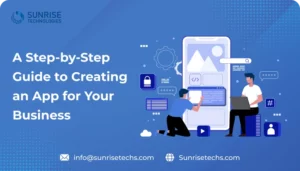
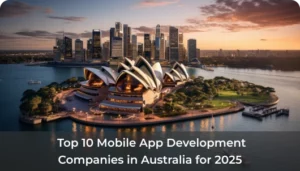
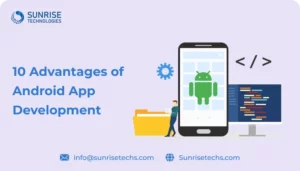
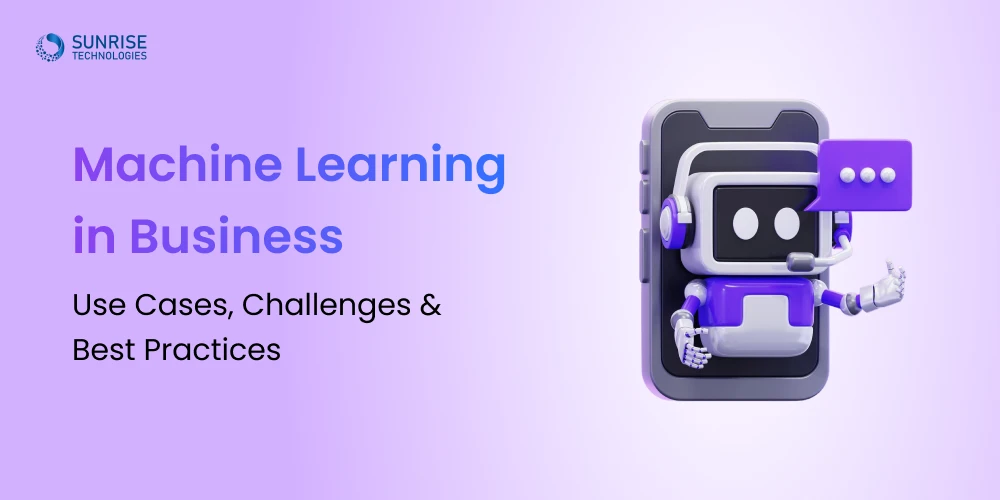
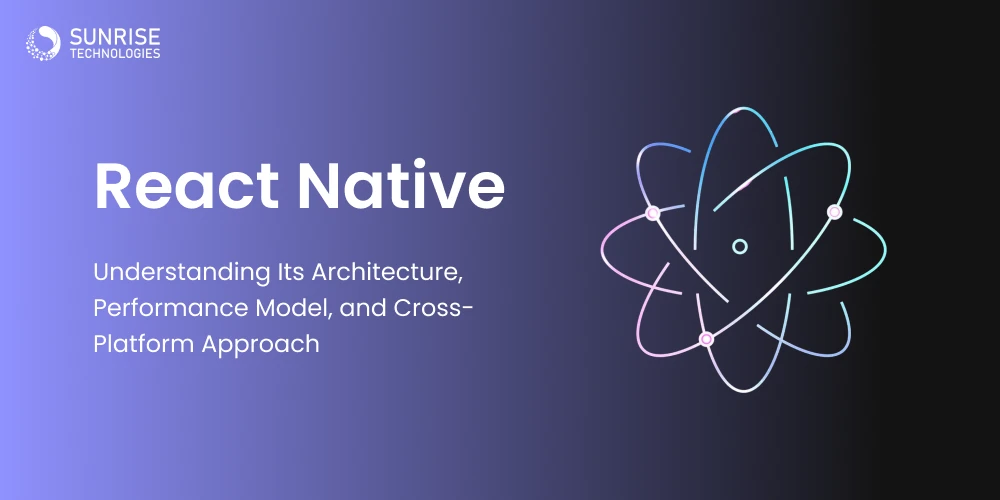
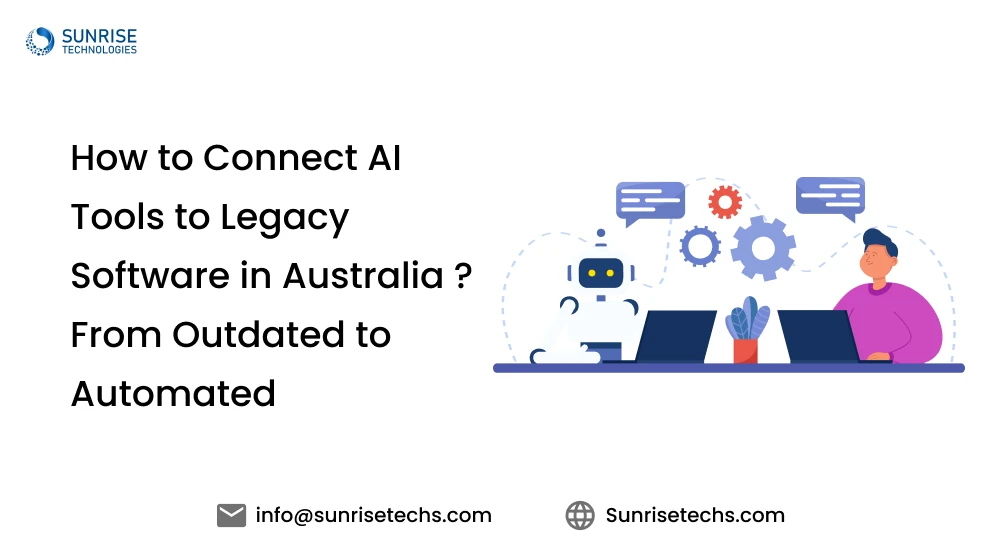
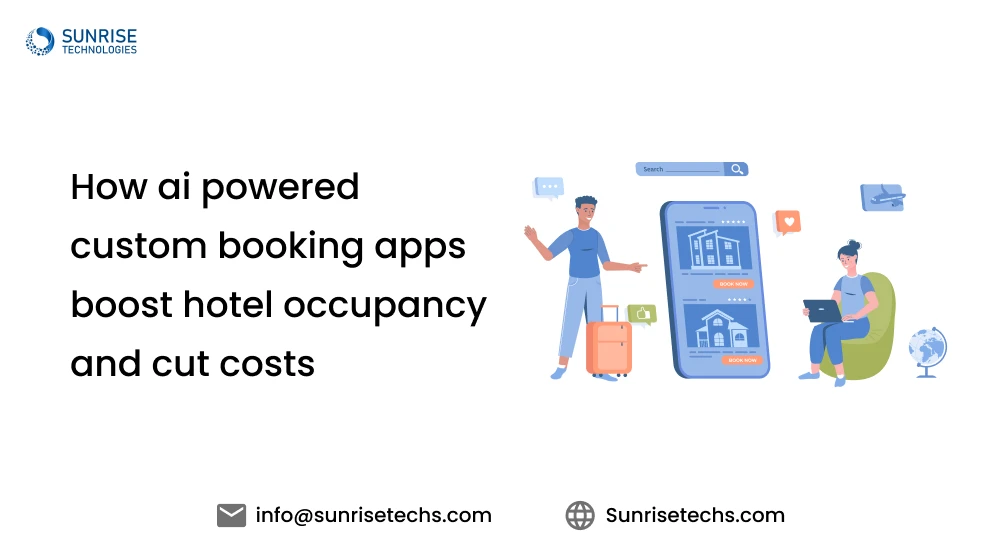
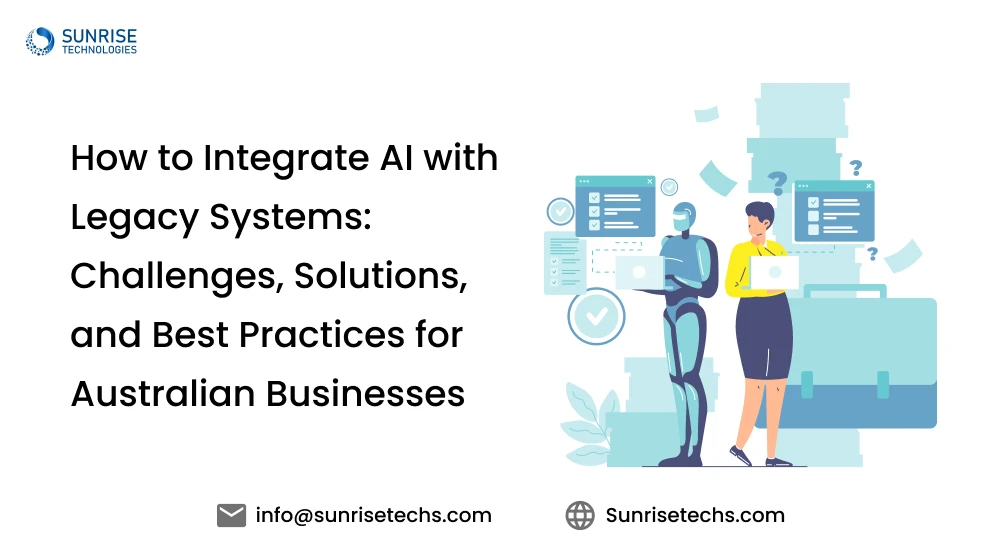

Cloud Based Project Management Platform
Read the challenges we faced and how we helped
View Case Study











